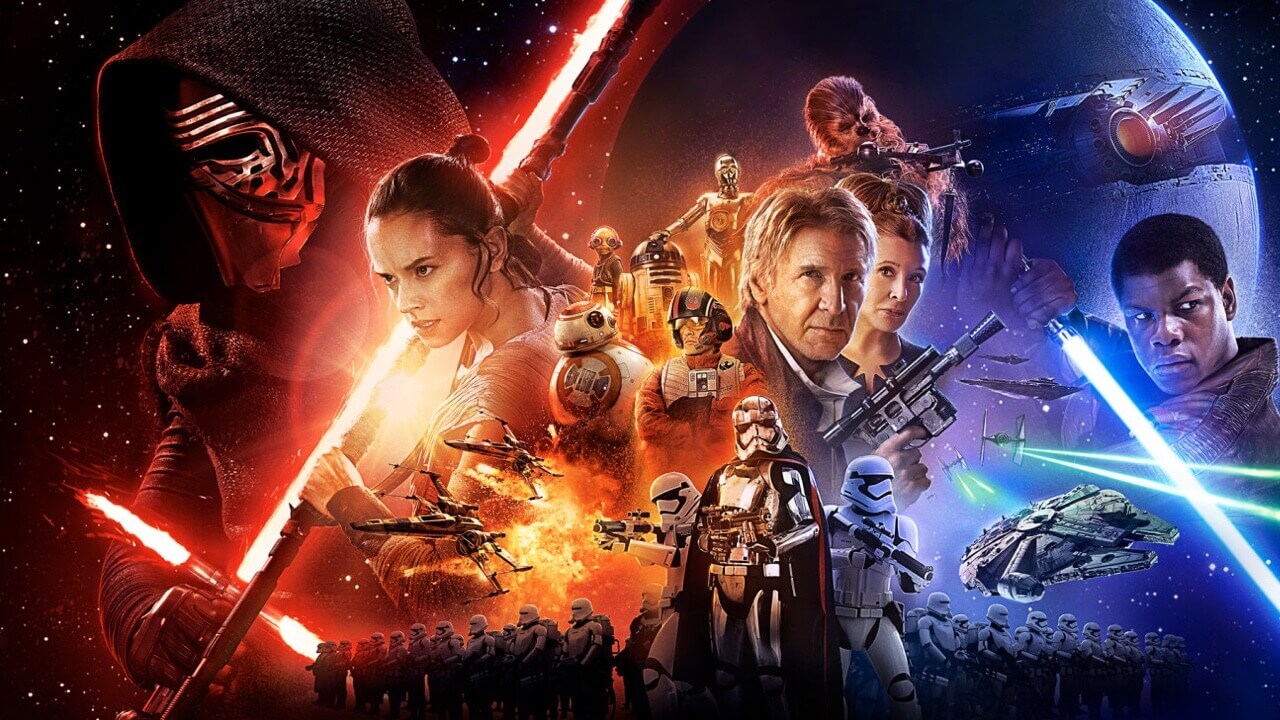Luke. Yoda. Lando Goddamn Calrissian. Star Wars is home to some of the most memorable characters in film history, and also some of the best film editing. While taking years to master, great film editing can give your characters life, making us visually feel their wants and desires. Using moments from The Empire Strikes Back, we’ll show you three simple film editing techniques that’ll make your characters resonate on screen.
You don’t have to have the best film editing software to make your audience feel the force.
1. Make eye contact
Han Solo and Princess Leia
Eyes are the window to the soul, even if your soul belongs to the dark side. When two characters lock eyes, we not only learn about them, but also their relationship.
A single look can establish rivals, enemies, or worse…
Remember when Han Solo’s frozen in carbonite? As he’s lowered into the freezing chamber, music swells the editors cut between the eyes of all the characters. Han. Leia. Lando. Chewy. Vader.
The eyes say it all. Did you notice Lando's guilty look after Han's frozen body slams onto the ground? The actors aren't saying anything but they are communicating.
When you capture these moments on their faces, you can edit them together to make that connection meaningful for the audience.

A look of genuine concern

A rare moment of emotion from Han
Without a word of dialogue, we know exactly how each character feels. The editor takes what could have been over-explained in dialogue into fifteen seconds of movie magic.
2. CUT WITH PASSION
Watch where you cut
Editing film should always serve your characters and/or Wookies.
An abrupt cut can make us feel a character’s sudden realization, while a long take can give us intensity or a longing.
"No, that's impossible!"
When Luke finds out about his unfortunate parentage, editors opt for a long take of him in a medium close-up. The shot holds for nearly 13 seconds as the horror of this revelation sinks in. By not cutting away, editors make us feel the gravitas of Luke’s world going up in flames.
3. PACE YOUR SHOTS
The power of timing
Our eyes can register a lot in a little amount of time. Playing with shot length can give a scene its very own climax.

Shot length determined by emotion
When Luke tries to lift the flooded X-Wing with the power of the Force, the film editors use the power of timing. As the music swells, the shots get quicker and quicker, making us believe he can actually do it.
But when Luke eventually fails, the shots get longer, our expectations (like Luke's) have not been met.
"You must unlearn what you have learned."
You have to ask yourself: 30 frames vs. 30 seconds. As the editor, you are responsible for guiding the audiences' emotions. What do you want them to feel and how can film editing techniques get them there?
UP NEXT
Match cuts and creative transitions
We've covered some essential editing strategies using films from the Star Wars Universe so it's time to expand our study with the match cut. One way editors provide a smooth and seamless transition is by using match cuts. These can be matching shapes, colors, movement, or even audio. These transitions can be powerful when handled tastefully — or they can be clunky and distracting. We'll show you what works and what doesn't so you make profound connections in your next project.
Up Next: Match cuts and other transitions →
Share your vision with elegant shot lists and storyboards.
Create robust and customizable shot lists. Upload images to make storyboards and slideshows.
